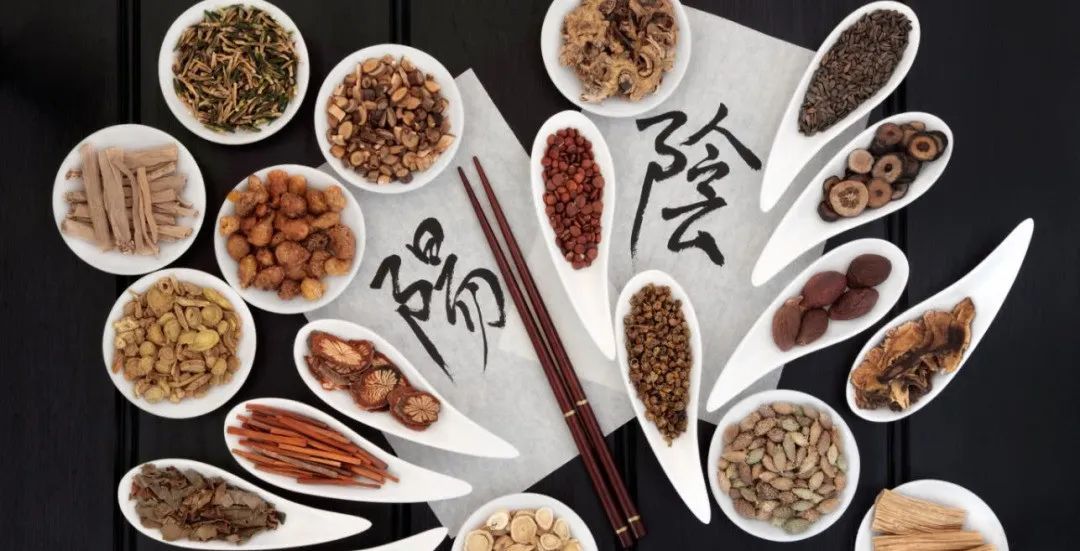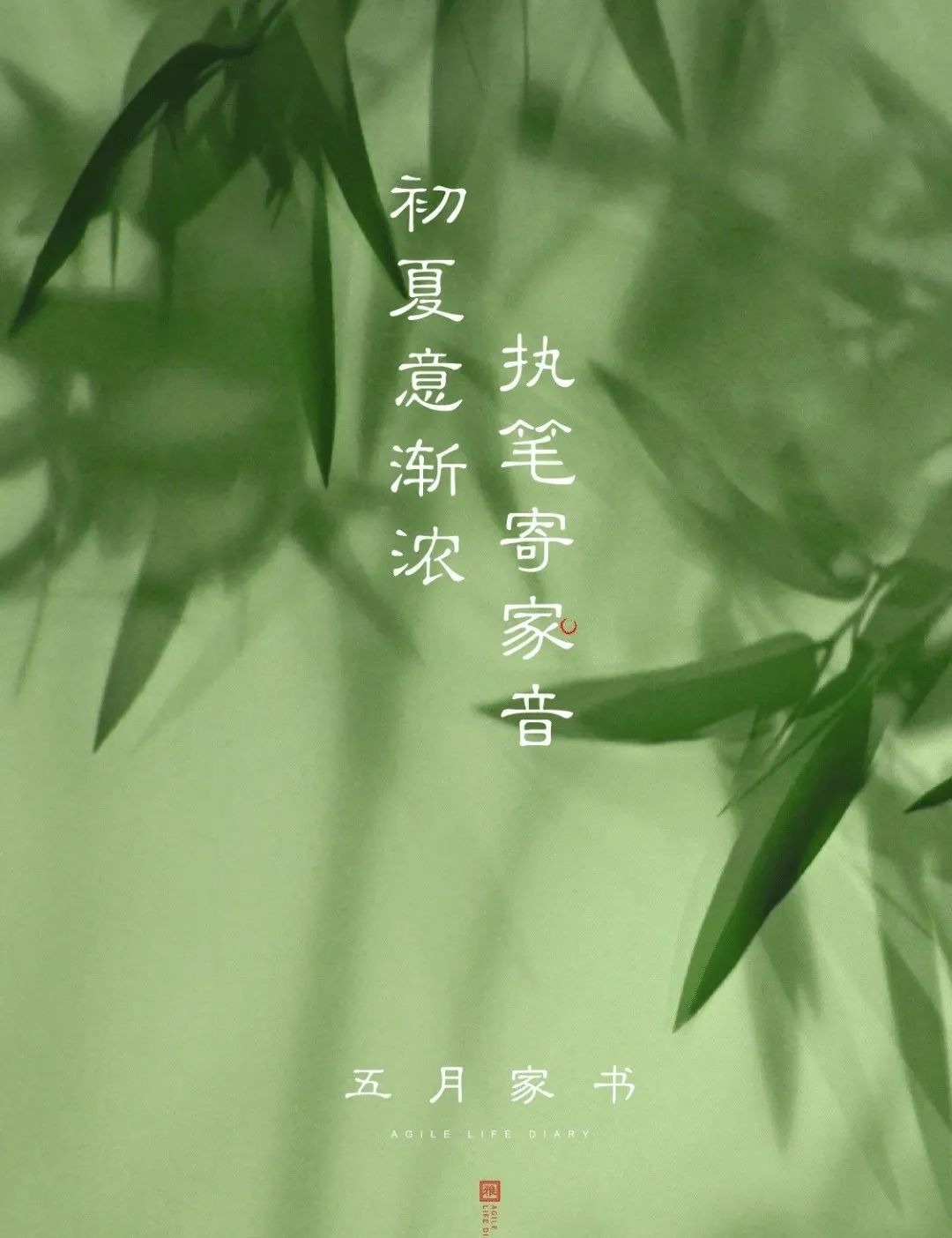Many people experience a lingering sense of drowsiness during the transition to spring, which can be aptly described as “spring fatigue.” This phenomenon is influenced not only by seasonal climate changes but also significantly by the presence of phlegm-dampness in the body. The “phlegm-damp constitution” is one of the nine major constitutions in Traditional Chinese Medicine (TCM). As long as a person is active and metabolizing, the conditions for phlegm production will persist, and phlegm-dampness can exist throughout the year.

How is Phlegm-Dampness Formed?
- Cold pathogens invade, affecting lung qi, leading to poor lung function. The lung qi fails to disperse and descend, causing water pathways to become obstructed, resulting in the accumulation of dampness and phlegm.
- Spleen deficiency leads to improper transformation and transportation of fluids, reducing the ability to eliminate dampness. The spleen governs blood, and its deficiency causes stagnation of qi and blood, exacerbating dampness accumulation.
- The kidneys govern water; whether due to kidney yang deficiency, yin deficiency, or qi deficiency, the transformation and propulsion of fluids are impaired, leading to phlegm production over time.
- Irregular diet and sedentary lifestyle, along with a preference for spicy and greasy foods, damage spleen qi. Prolonged sitting leads to stagnation of qi and blood, causing issues with the spleen and stomach’s ability to ascend and descend, resulting in phlegm-dampness.

How to Identify Phlegm-Dampness?
- Swollen tongue with thick, greasy coating and tooth marks;
- Pale lips, lack of redness, sticky mouth, and lack of thirst;
- Pale yellow complexion with a bluish tint, lack of vitality, and pronounced eye bags;
- Overweight body, fatigue in limbs, and gastrointestinal discomfort;
- General fatigue and heaviness, joint pain, and difficulty expectorating phlegm;
- Loose stools, frequent nighttime urination, and excessive sleepiness;

How to Resolve Phlegm-Dampness Issues? In the “Emergency Formulas for Critical Illnesses,” a famous formula for transforming phlegm and eliminating dampness is recorded—Wen Dan Tang (Warm Gallbladder Decoction). This formula was first documented in the “Collection of Verified Formulas” and later recorded by Sun Simiao in the “Emergency Formulas for Critical Illnesses.” The original formula consists of six ingredients: Ban Xia (Pinellia), Sheng Jiang (Fresh Ginger), Chen Pi (Dried Tangerine Peel), Zhi Shi (Bitter Orange), Zhu Ru (Bamboo Shavings), and Jiao Gan Cao (Honey-Fried Licorice). In the Song Dynasty, the “Three Causes of Extreme Disease” modified it by adding two more ingredients, resulting in: Ban Xia, Sheng Jiang, Chen Pi, Zhi Shi, Zhu Ru, Jiao Gan Cao, Fu Ling (Poria), and Da Zao (Jujube). Ban Xia is effective in transforming phlegm, drying dampness, stopping vomiting, and harmonizing the stomach; Chen Pi, Zhi Shi, and Zhu Ru help clear heat, transform phlegm, benefit the spleen, eliminate irritability, regulate qi, and dispel phlegm; Fu Ling, Sheng Jiang, and Da Zao strengthen the spleen, drain dampness, and harmonize the spleen and stomach; finally, Gan Cao harmonizes all the ingredients. The entire formula first regulates the middle jiao, then eliminates phlegm-dampness, first tonifies the spleen and stomach, then generates qi and blood, and finally alleviates deficiency-heat and warms the gallbladder without causing cold.

Phlegm-dampness is the primary condition addressed by Wen Dan Tang. Due to irregular diet, lack of exercise, and congenital factors, spleen and stomach weakness can occur, leading to failure in ascending clear qi and descending turbid qi, while the liver fails to disperse. The liver is connected to the gallbladder, and liver stagnation disrupts the warmth and smooth flow of spring qi. Prolonged illness can lead to heat transformation, fire generation, and phlegm-damp obstruction. Therefore, Wen Dan Tang is used for symptomatic regulation, promoting spleen function and eliminating dampness, allowing the spleen to function well and absorb properly without causing heat. Note: Individuals with deficiency-cold or yin deficiency should not use this formula!
Note: Some text and image resources in this article are sourced from the internet. The purpose of reproducing this article is to convey more information. If there are any errors in source attribution or infringement of your legal rights, please notify us immediately. If the situation is verified, we will delete it promptly and apologize to you.
You might also like:
Traditional Chinese Medicine: Frequently experiencing acid reflux? It may be liver fire invading the stomach! Clear liver fire and descend stomach qi with one formula to help you improve.
Traditional Chinese Medicine: Kidney qi instability leads to frequent nighttime urination; three herbs brewed as tea can tonify qi and stabilize urination, alleviating nighttime disturbances.
The liver is the body’s “oil tank”; these signals indicate that if you don’t nourish your liver soon, it will be too late!

